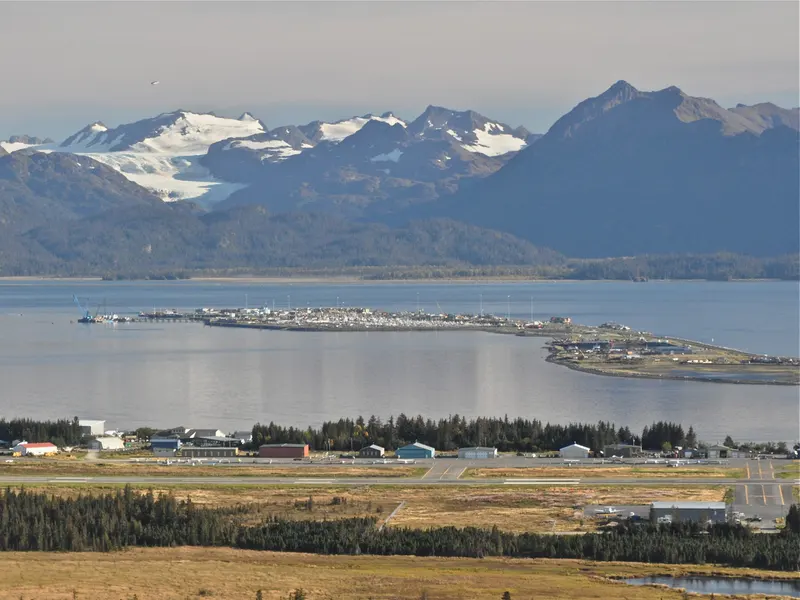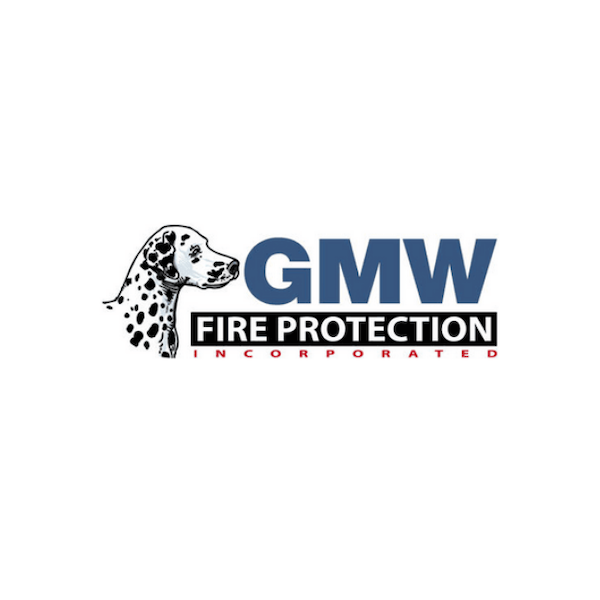
Disclaimer: This blog post is for general informational and awareness purposes only. It does not constitute legal or professional advice. Always consult the Alaska Division of Fire & Life Safety or your local Authority Having Jurisdiction (AHJ) for official requirements.
Why Sprinkler Compliance Matters in Alaska
Fire sprinkler systems are one of the most effective defenses against loss of life and property during a fire. In Alaska, strict compliance with NFPA standards, International Fire Code (IFC) requirements, and state fire regulations ensures that systems operate effectively in residential, commercial, and industrial facilities.
Compliance is especially important in Alaska due to extreme weather conditions that can affect sprinkler performance and the unique challenges of protecting remote facilities.
Governing Codes & Standards
- NFPA 13 – The National Fire Protection Association’s standard for the installation of sprinkler systems, adopted by Alaska with modifications.
- NFPA 25 – Standard for the inspection, testing, and maintenance (ITM) of water-based fire protection systems.
- International Fire Code (IFC 2021, adopted via 13 AAC 50.025) – Alaska’s fire code requiring sprinklers in many occupancies, with additional local amendments.
- IBC (International Building Code) – Defines when sprinklers are required based on occupancy type, size, and hazard classification.
Installation & Design Requirements
- Sprinkler systems must be designed in compliance with NFPA 13 and meet minimum water supply, hydraulic calculation, and hazard classification requirements.
- High-risk facilities such as oil camps, healthcare centers, schools, and multi-family housing have stricter sprinkler system requirements.
- In cold regions of Alaska, dry pipe or pre-action systems are often necessary to prevent freezing.
Inspection, Testing & Maintenance (NFPA 25)
Alaska enforces routine inspections to ensure systems remain in working condition:
- Weekly/Monthly: Visual inspections of control valves, gauges, and water flow alarms.
- Quarterly: Testing of water flow alarms, supervisory signals, and valve tamper switches.
- Annual: Comprehensive system inspection, including main drain test, sprinkler head inspection, and water supply evaluation.
- 5-Year Intervals: Internal pipe inspections and standpipe flow tests.
Reports must be documented and submitted to the AHJ when requested.
Licensing & Qualified Personnel
- Only licensed fire protection contractors or certified technicians with an Alaska fire systems permit may design, install, inspect, or certify sprinkler systems.
- Unauthorized or uncertified work can lead to code violations, fines, or insurance non-compliance.
Common Compliance Issues in Alaska
- Freezing Systems: Uninsulated or improperly designed systems in sub-zero temperatures.
- Obstructed Sprinkler Heads: Storage or construction blocking spray patterns.
- Expired Testing Records: Missed annual inspections or improper documentation.
- Unpermitted Alterations: Tenant remodels that disable or alter sprinkler coverage.
Key Takeaways
- Alaska requires sprinklers per NFPA 13, NFPA 25, and IFC 2021 adoption.
- Annual inspections and 5-year internal evaluations are mandatory.
- Only licensed contractors can legally perform sprinkler work.
- Documentation is essential to remain in compliance with AHJ requirements.
Protecting Your Facility with GMW Fire Protection
At GMW Fire Protection, we provide design, installation, inspection, and certification services for sprinkler systems across Alaska. Whether you operate in Anchorage, Fairbanks, Wasilla, or remote industrial sites, we ensure your systems meet all Alaska sprinkler compliance standards.
Contact us today to schedule a sprinkler inspection or compliance consultation.

